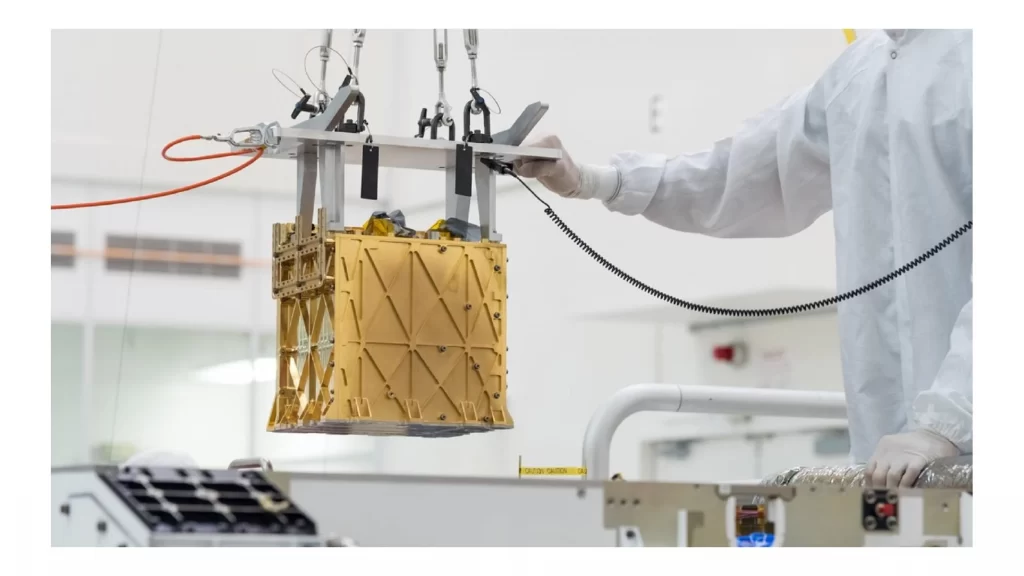Since its momentous landing on Mars in 2021, NASA’s Perseverance rover has been a brilliant light of scientific advancement. One of its instruments, MOXIE (Mars Oxygen In-Situ Resource Utilization Experiment), has produced breathable oxygen from the Red Planet’s thin atmosphere as it has been busy gathering samples and looking for evidence of prehistoric microbial life.
This achievement marks a critical turning point in humanity’s mission to investigate and even colonize Mars. An astonishing ten hours of tiny dog survival has been produced by MOXIE, demonstrating the remarkable advancement made more than 100 million miles from Earth.
MOXIE’s performance has far exceeded expectations, producing twice as much oxygen per hour as initially anticipated. Even more astonishing is its ability to operate efficiently throughout the Martian year, despite the harsh and fluctuating conditions on the planet’s surface.
Through an intricate electrochemical mechanism, the sensor operates by extracting oxygen atoms from carbon dioxide molecules found in the Martian atmosphere. This oxygen can be used as rocket propellant in addition to possibly providing future astronauts with breathable air on Mars. This creates the opportunity for dramatically lowering the quantity of fuel needed for upcoming missions to Mars, improving the sustainability of interplanetary travel. The need of developing such technology for long-term lunar and Martian exploration was stressed by Pam Melroy, NASA’s Deputy Administrator. These developments are crucial for establishing lunar settlements and a lunar economy as well as for funding the first Mars manned mission.
Excitingly, NASA is planning to follow up on this success with MOXIE 2.0, which aims to not only harvest oxygen but also liquefy it for storage. While the timeline for this mission reaching Mars remains uncertain, it represents another critical step towards enabling astronauts to “live off the land” on the Red Planet.
In conclusion, MOXIE’s success is evidence of human creativity and the promise for sustainable space exploration. These technical developments continue to open the door for upcoming generations of space travelers to leave their imprint on the Red Planet as we inch closer to the goal of establishing a human presence on Mars.

